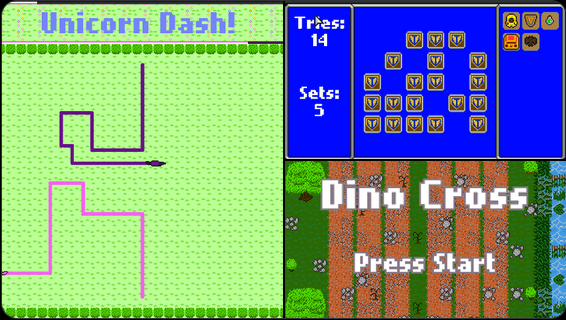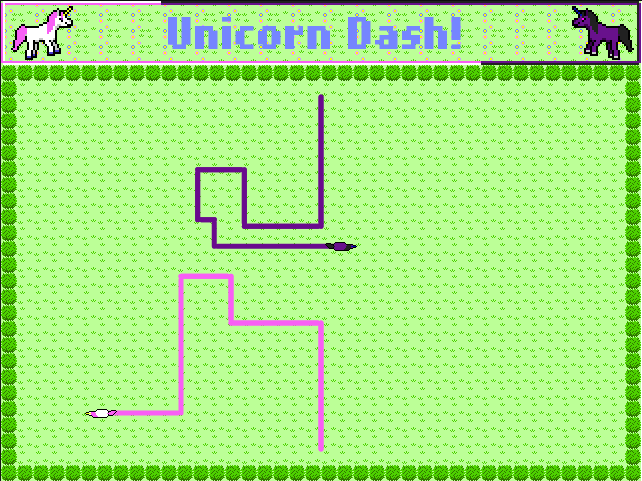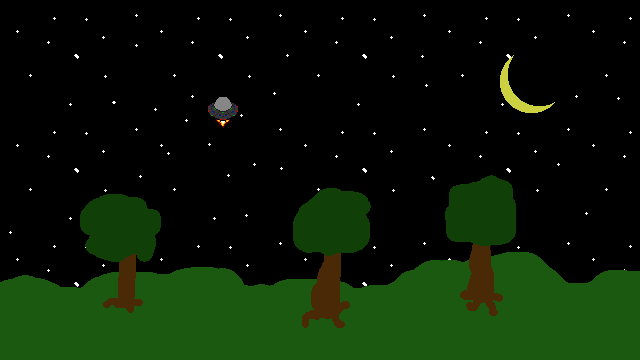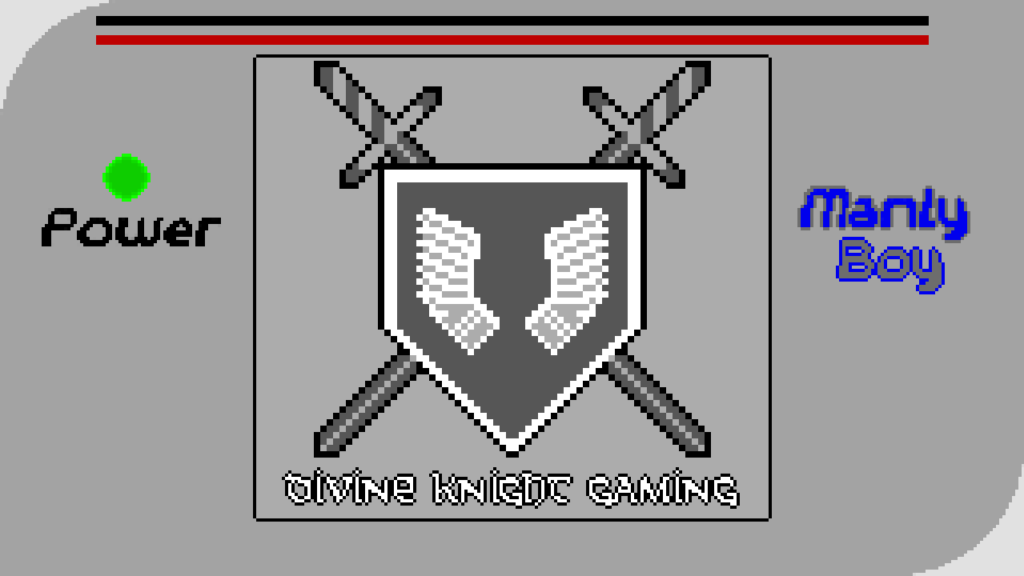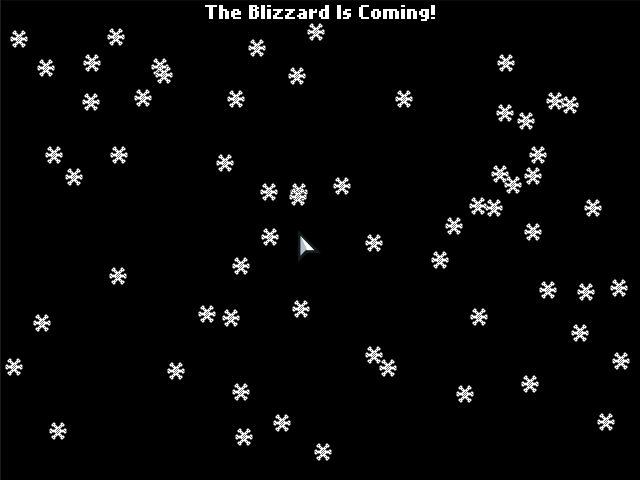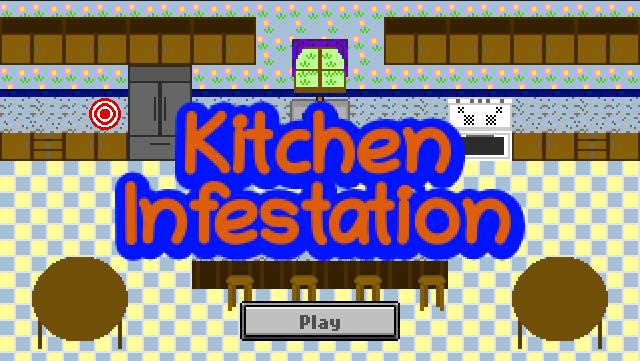
It has been a long time since my last update and I am happy to be back. I have been working on this game for a while. I started it nearly a year ago and life kind of got in the way.
In chapter 14 of Beginning Game Programming, we are challenged to make a gallery style shooter. The game in the book is an office battle game, but I didn’t feel that such a setting was appropriate for us. So I changed the theme to a game about killing bugs in a kitchen.
In Chapter 15, the book teaches us about animating sprites. Since we already used animated sprites in previous games, I combined the two chapters. But I also decided to use something we touched earlier in the Memory game, tweens. This tween is different from the ones we used in Memory. This one causes the sprite to loop around the kitchen.
(more…)